Research Articles
Social Issues
academic anxiety, academic burnout, academic pressure, college depression, education stress, education system flaws, effects of academic competition, emotional well-being in education, exam stress, mental health in schools, mental health support for students, parental expectations, pressure of grades, research article, school mental health awareness, stress management in students, student counseling importance, student mental health, student suicides, suicide prevention, youth mental health crisis, Zeeshan Azhar
Zeeshan Azhar
0 Comments
The Pressure of Academic Success and Student Suicides
Introduction
Students around the world face intense pressure to perform academically. Consequently, rising expectations from parents, schools, and economies have turned exams and grades into life-defining events for many young people. Sadly, when pressure becomes overwhelming, a minority of students respond with self-harm or suicide — outcomes that are often preventable. This article reviews the evidence linking academic pressure to suicidal behaviour, highlights regional patterns, explores underlying mechanisms, and presents practical strategies for families, schools, and policymakers to reduce risk. Throughout, we reference recent global data and peer-reviewed studies to ground recommendations in current research. World Health Organization
How big is the problem globally?
Globally, suicide remains a major cause of death among young people. The World Health Organization (WHO) reported that roughly 727,000 people died by suicide in 2021, and that suicide is a leading cause of death for 15–29-year-olds. Importantly, most suicides occur in low- and middle-income countries, where mental health resources are often scarce. These statistics underscore that youth suicide is not rare and that adolescent and young adult populations deserve targeted prevention efforts. World Health Organization
Beyond deaths, non-fatal suicidal behaviour and ideation are much more common. For example, surveys in many countries show significant proportions of high-school and university students reporting suicidal thoughts during periods of intense academic stress. Such trends signal that academic pressure is a public-health concern, not only an educational issue. CDC
Evidence linking academic pressure to suicidal thoughts and behaviours
A growing body of research demonstrates associations between academic stress and mental-health harms — including depression, anxiety, self-harm, and suicidal ideation. A systematic review published in 2023 synthesized multiple studies and concluded there is a measurable association between academic pressure and increased rates of adolescent depression, anxiety, self-harm, and suicidality. That review is one of the most comprehensive to date and highlights consistent effects across contexts. PubMed
Complementary primary studies show similar patterns. For example, longitudinal and cross-sectional research has found that students who report high academic stress are more likely to report suicidal ideation, particularly when coping resources (resilience, social support) are low. In one study, academic stress predicted suicidal ideation except when students had high adaptive coping skills — showing that protective factors can moderate risk. BioMed Central
Exam timing also matters. Suicidal thoughts and attempts often cluster around results days, entrance exams, and other performance milestones. Research and coroner inquiries in multiple countries have documented sudden spikes in severe distress for students during these high-stakes moments, pointing to the acute nature of exam-related risk. PMC
Regional and context-specific patterns: South Asia and Pakistan
Regional evidence suggests that the shape of academic-pressure suicides is influenced by local educational cultures and the availability of mental-health support. In South Asia, including India and Pakistan, tightly competitive exam systems, intense parental expectations, and limited counseling infrastructure create a high-risk environment.
A focused review on exams and student suicides in India found that while some types of exam-related suicides have declined, suicides linked to entrance exam failures remain a significant problem — reflecting intense competition for limited professional training seats. The review called for multifaceted policy responses including exam reforms and better psychosocial support for high-risk students. PMC
In Pakistan, published content-analysis studies using media reports have documented numerous adolescent and student suicides, and researchers note that cultural stigma and underreporting make it difficult to fully quantify the scale. Nevertheless, the available studies show that academic difficulties, familial pressure, and relationship problems are recurring themes in reported cases. Because reliable national suicide registries are lacking, researchers recommend improved surveillance and culturally sensitive prevention programs. PMC
Why does academic pressure lead some students toward suicidal behaviour?
The pathway from stress to suicidal behaviour is rarely linear, but several interacting mechanisms are important to understand:
- Psychological overwhelm and hopelessness. Intense, chronic pressure can erode hope. When students feel they have no viable alternative if they “fail,” hopelessness may drive suicidal thinking. Evidence links hopelessness strongly to suicidal intent in adolescents. PMC
- Perfectionism and identity fusion with achievement. Youth who tie self-worth closely to grades are especially vulnerable. When performance drops, identity and self-esteem collapse, increasing suicide risk.
- Social isolation and shame. Cultural norms that stigmatize failure increase shame, which often leads students to withdraw rather than seek help. Media accounts and qualitative studies from several countries highlight shame and family conflict as immediate precipitants in many cases. PMC
- Acute triggers near high-stakes events. Result days, entrance exams, and rejections create acute stress surges. In some tragic cases, students have attempted or died by suicide on or immediately after results days. Institutional failures to provide follow-up support after disappointing results have been identified in coroner reports. The Guardian
- Co-occurring mental disorders. Depression, anxiety disorders, and substance misuse magnify risk. Academic stress often co-occurs with these conditions, creating a cumulative effect that elevates suicidal behaviour. PubMed
Which students are at higher risk?
Not all students respond to pressure the same way. Risk is higher among those who:
- Have pre-existing mental-health conditions (depression, anxiety).
- Lack adaptive coping skills and social support.
- Face severe family expectations or punitive parental reactions to failure.
- Are enrolled in hyper-competitive programs (medical, engineering, law) where stakes and competition are extreme.
- Belong to marginalized groups (economic disadvantage, minority status) without access to resources. BioMed Central
Understanding these risk profiles allows targeted prevention and early intervention to be more efficient and humane.
What prevention strategies work? — evidence and best practices
Fortunately, research points to several effective prevention strategies that schools, families, and governments can implement. Many of these are low-cost and scalable.
1. School-based mental health programs and early screening
Integrated school mental-health programs that include screening for depression and suicidal ideation, teacher training to spot warning signs, and easy referral pathways to counseling have shown reductions in self-harm and improved help-seeking. Early identification of distress during exam seasons is critical. BioMed Central
2. Psychoeducation and stigma reduction
Programs that normalize stress, teach problem-solving, and reduce stigma around failure encourage help-seeking. Psychoeducation for parents — on realistic expectations and supportive responses to poor results — also reduces harmful family dynamics. PMC
3. Crisis supports during high-stakes periods
On result days and around entrance exams, schools and universities should deploy rapid-response counseling, hotlines, and safe spaces. Institutions in several countries have established result-day support teams; evaluation suggests these measures reduce acute crises. The Guardian
4. Building adaptive coping and resilience
Teaching coping skills — including cognitive restructuring, stress management, and resilience training — has been associated with lower suicidal ideation among students. Programs that build social connectedness (peer support groups, mentoring) are particularly protective. BioMed Central
5. Policy reforms to reduce extreme competition
At a systems level, reducing high-stakes, zero-sum testing and expanding university seats and vocational pathways can lower population-level stress. Policy measures in some regions (e.g., diversifying admissions, offering supplemental intake rounds) have been proposed as part of comprehensive prevention. PMC
Practical steps for families and educators
Families and schools can take immediate, concrete actions that matter:
- Listen without judgment. Encourage open conversations about failure and normalize setbacks.
- Separate worth from grades. Reinforce that exam results do not define identity or long-term potential.
- Teach problem-solving and help-seeking. Model coping strategies and connect youth to counselors early.
- Monitor changes in behaviour or mood. Sudden withdrawal, sleep changes, or talk of being “useless” warrant prompt attention.
- Plan ahead for high-stakes periods. Create a results-day plan that includes accessible support and limits sensational private or public shaming. PMC
The role of health systems and policymakers
Health systems must be prepared to respond. Key priorities include:
- Reliable surveillance and data. Strengthening suicide reporting and research capacity helps design targeted interventions, especially in countries with poor registries.
- Accessible mental-health services. Subsidized counseling, school psychologists, and tele-mental-health expand reach in low-resource settings.
- Cross-sector collaboration. Education, health, and social services should coordinate around exam seasons and high-risk groups.
- Public awareness campaigns. National campaigns can shift public attitudes about failure and promote help-seeking. World Health Organization
Addressing cultural barriers and stigma
In many societies, cultural meanings attached to failure and suicide complicate prevention. Shame, fear of family dishonor, and legal or religious misconceptions deter help-seeking and honest reporting. Contextualized, culturally sensitive programs that involve religious leaders, community elders, and youth themselves have greater reach and acceptability. This approach is particularly relevant in South Asia and other regions where family honor plays a major role in responses to educational failure. PMC
Case examples and lessons learned
Recent coroner inquiries and institutional reviews in the UK and elsewhere have revealed how institutional oversights — such as failure to act when students report distress, poor record-keeping, and rigid academic policies — can contribute to tragic outcomes. These reviews recommend mandatory staff training, better student outreach, and review mechanisms when students perform poorly. Such lessons are generalizable and can inform reforms in other educational settings. The Guardian
In South Asia, research indicates that exam-centered cultures with high private-coaching dependence are associated with clusters of exam-related crises. Interventions that create diversified career pathways (vocational training, technology programs) can reduce the psychological pressure tied to single-path career models. PMC
Limitations in current research
Although evidence linking academic pressure and suicidality is strong, the literature has limitations. Many studies are cross-sectional, making causality difficult to prove. Underreporting and cultural concealment bias suicide statistics in several countries. Moreover, heterogeneity in measuring “academic pressure” complicates direct comparisons across studies. Future research should prioritize longitudinal designs, standardized risk measures, and improved national surveillance. PubMed
Conclusion — toward safer schooling and healthier futures
Academic success matters, but it must not be a life-or-death obsession. Research shows that academic pressure contributes to depression, self-harm, and suicide — yet many effective interventions exist. By combining school-based mental-health services, family education, crisis supports around exams, resilient coping programs, and policy reforms that reduce extreme competition, societies can lower risk and save lives.
Finally, prevention requires compassion. When families, educators, policymakers, and health systems prioritize the mental-health of students with the same seriousness they give to grades, the culture of fear and shame can shift toward one of care, resilience, and realistic opportunity.
References (select, clickable)
- World Health Organization — Suicide (fact sheet). WHO. 2025. World Health Organization
- Steare T., et al. The association between academic pressure and adolescent depression, anxiety, self-harm, suicidality, suicide. Systematic review (2023). ScienceDirect / PubMed. ScienceDirect
- Vijayakumar L. Exam failure suicides and policy initiatives in India. (2024) — review of exam-related suicides and policy suggestions. PMC. PMC
- Imran N., et al. Pattern of Adolescent Suicides in Pakistan: A content analysis of newspapers. (2023). PMC. PMC
- Okechukwu FO., et al. Academic stress and suicidal ideation: moderating roles of coping and resilience. BMC Psychiatry (2022). BioMed Central
- Himel MR., et al. Unveiling Student Suicides in the Post-Pandemic Period. (2024). PMC. PMC
- UK coroner and media coverage — examples of institutional failings around exam result days (e.g., Southampton University report). The Guardian (2024). The Guardian
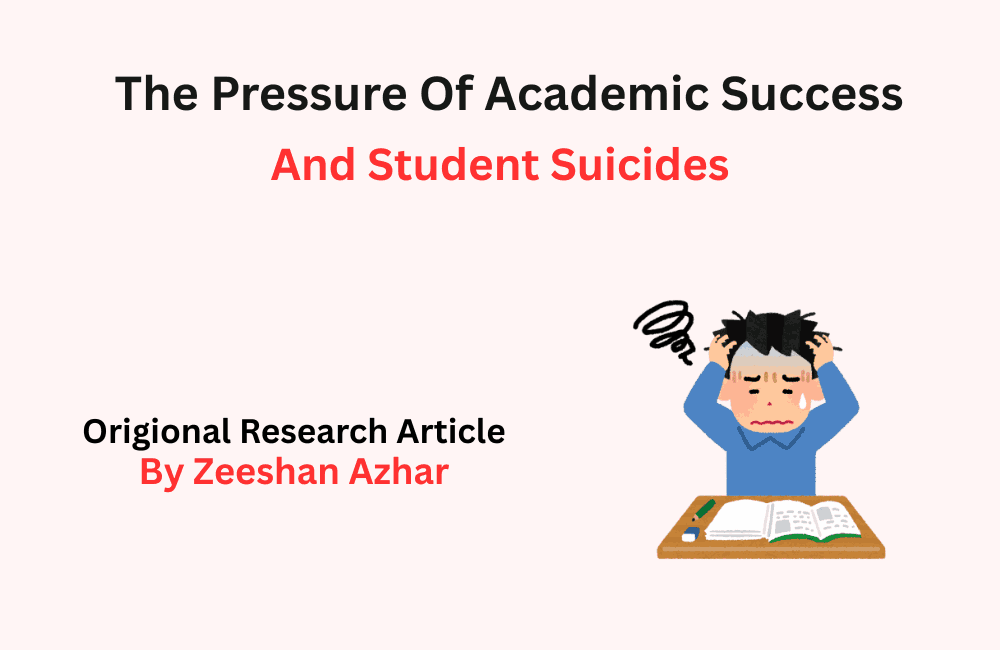
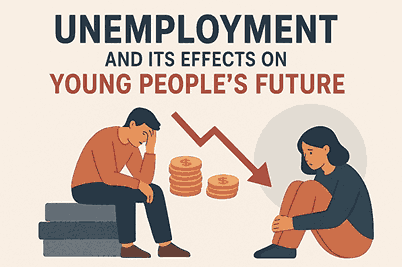
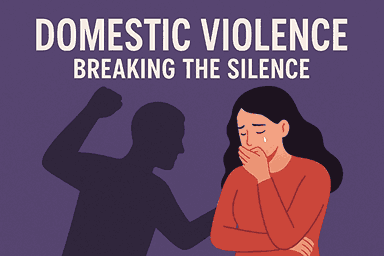
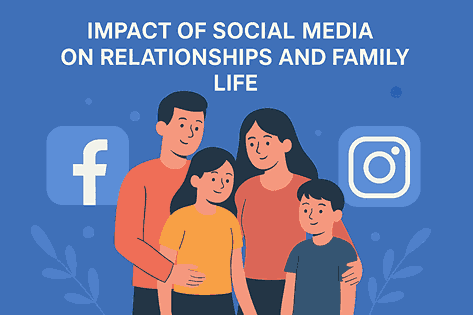
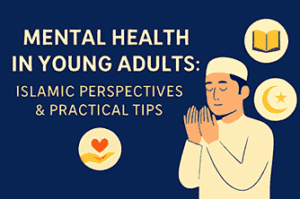
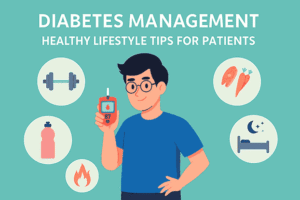
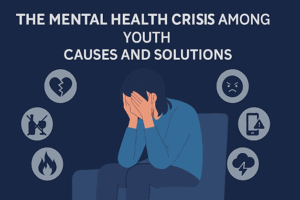
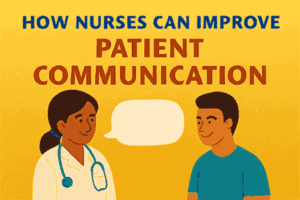
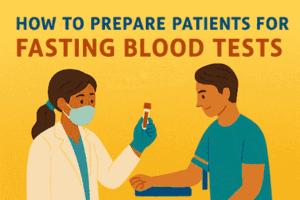
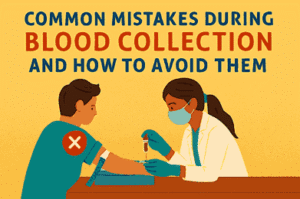
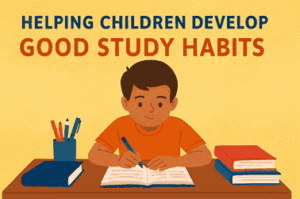
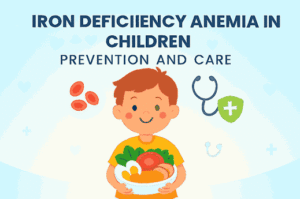
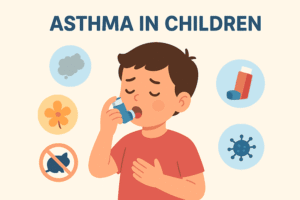
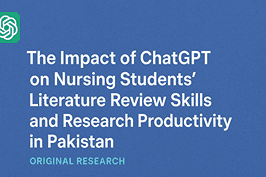
Post Comment